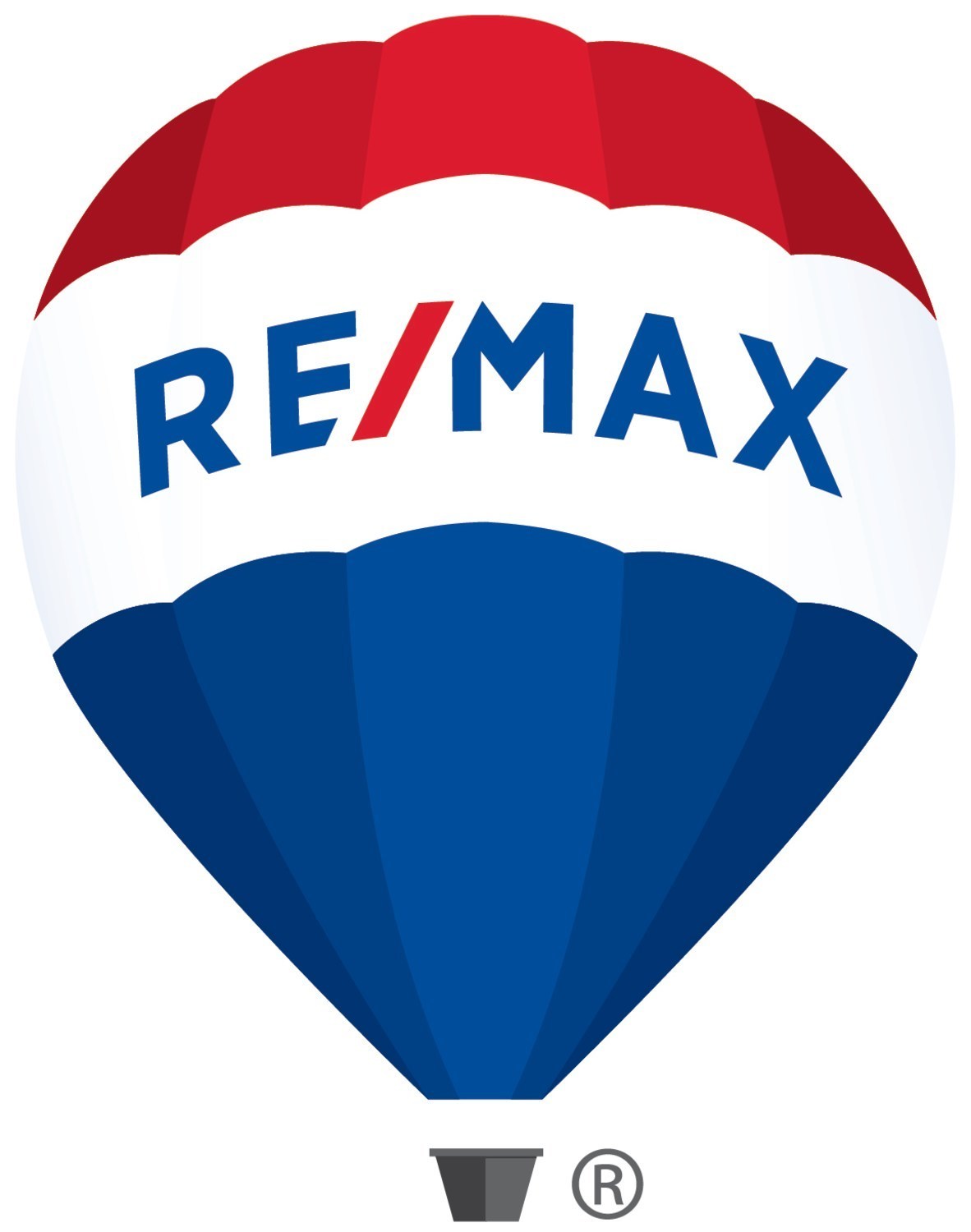RE/MAX National Housing Report for July 2022

Median Home Prices Inch Downward While Sales Drop, Inventory Grows
DENVER, Aug. 17, 2022 /PRNewswire/ — A double-digit drop in home sales from June to July fueled a double-digit increase in homes for sale, triggering the first decline in the Median Sales Price since January.
July’s Median Sales Price of $415,000 was down 2.9% from June and the lowest since April’s $406,000. The 16.6% decline in home sales was also the first since January. Year-over-year, sales were down 26.3% from July 2021.
Following a period of continual contraction in recent years, inventory jumped for the fourth consecutive month. There were 13.3% more homes for sale than in June and 30.4% more than a year ago. Months Supply of Inventory has doubled since May and is now at 1.8, while Days on Market was 24. New listings, however, dropped 7.8% compared to June and 7.2% compared to July 2021.
“It’s an exciting time to be a homebuyer. For the first time in years, we’re seeing sustained inventory gains and the slowing of home price appreciation,” said Nick Bailey, President and CEO. “The market is rebalancing after favoring sellers for so long. There’s still ground to make up with new construction, but the change in recent months has brought some much needed relief to buyers. And sellers still have it good, too. A calming market doesn’t mean a stoppage – and there are plenty of benefits to being on that side of the equation.”
Added RE/MAX North Professionals real estate agent Rich Gardner, who is based in Colchester, VT, “The housing market in Vermont has stayed strong favoring sellers. Since January, we are still seeing values in Chittenden County rise for both single-family and townhouse-condo sales.”
The average Close-to-List Price Ratio in July was 101%, meaning that homes, in general, sold for 1% more than the asking price. That dropped from 102% in June 2022 and July 2021.
Highlights and the local markets leading various metrics for July include:
New Listings
Of the 53 metro areas surveyed in July 2022, the number of newly listed homes is down 7.8% compared to June 2022 and down 7.2% compared to July 2021. The markets with the biggest decrease in year-over-year new listings percentage were Kansas City, MO at -47.7%, St Louis, MO at -36.9%, and Burlington, VT at -32.2%. Leading the year-over-year new listings percentage increase were Dover, DE at +39.4%, Phoenix, AZ at +34.1%, and Trenton, NJ at +19.1%.
|
New Listings: |
|||
|
Market |
Jul 2022 |
Jul 2021 |
Year-over- |
|
Kansas City, MO |
3,608 |
6,901 |
-47.7 % |
|
St. Louis, MO |
4,862 |
7,700 |
-36.9 % |
|
Burlington, VT |
244 |
360 |
-32.2 % |
|
Anchorage, AK |
714 |
1,016 |
-29.7 % |
|
San Francisco, CA |
4,645 |
6,009 |
-22.7 % |
Closed Transactions
Of the 53 metro areas surveyed in July 2022, the overall number of home sales is down 16.6% compared to June 2022, and down 26.3% compared to July 2021. The markets with the biggest decrease in year-over-year sales percentage were Houston, TX at -45.1%, San Diego, CA at -42.1%, and Miami, FL at -40.9%. No metro area had a year-over-year sales percentage increase.
|
Closed Transactions: |
|||
|
Market |
Jul 2022 |
Jul 2021 |
Year-over- |
|
Houston, TX |
5,836 |
10,625 |
-45.1 % |
|
San Diego, CA |
2,242 |
3,875 |
-42.1 % |
|
Miami, FL |
6,497 |
11,001 |
-40.9 % |
|
Salt Lake City, UT |
1,137 |
1,874 |
-39.3 % |
|
Las Vegas, NV |
2,730 |
4,394 |
-37.9 % |
Median Sales Price – Median of 53 metro area prices
In July 2022, the median of all 53 metro area Sales Prices was $415,000, down 2.9% compared to June 2022, and up 8.1% from July 2021. One metro area saw a year-over-year decrease in Median Sales Price, Dallas, TX at -1.9%. Twenty-seven metro areas increased year-over-year by double-digit percentages, led by Tampa, FL at +23.7%, Fayetteville, AR at +21.6%, and Raleigh, NC at +19.1%.
|
Median Sales Price: |
|||
|
Market |
Jul 2022 |
Jul 2021 |
Year-over- |
|
Tampa, FL |
$377,260 |
$305,000 |
+23.7 % |
|
Fayetteville, AR |
$335,000 |
$275,500 |
+21.6 % |
|
Raleigh, NC |
$448,250 |
$376,390 |
+19.1 % |
|
Miami, FL |
$445,000 |
$375,000 |
+18.7 % |
|
Nashville, TN |
$459,000 |
$387,250 |
+18.5 % |
Close-to-List Price Ratio – Average of 53 metro area prices
In July 2022, the average Close-to-List Price Ratio of all 53 metro areas in the report was 101%, down 1.3% compared to June 2022, and down 1.1% compared to July 2021. The Close-to-List Price Ratio is calculated by the average value of the sales price divided by the list price for each transaction. When the number is above 100%, the home closed for more than the list price. If it’s less than 100%, the home sold for less than the list price. The metro areas with the lowest Close-to-List Price Ratio were Coeur d’Alene, ID and Miami, FL, tied at 97%, followed by another tie between Bozeman, MT and New Orleans, LA at 98%. The highest Close-to-List Price Ratios were in Burlington, VT at 105%, followed by a five-way tie between Boston, MA, Hartford, CT, Manchester, NH, Richmond, VA, and San Francisco, CA at 104%.
|
Close-to-List Price Ratio: |
|||
|
Market |
Jul 2022 |
Jul 2021 |
Year-over- |
|
Seattle, WA |
99.7 % |
105.6 % |
-5.5 % |
|
San Francisco, CA |
103.9 % |
109.2 % |
-4.9 % |
|
Denver, CO |
100.4 % |
103.6 % |
-3.1 % |
|
Salt Lake City, UT |
99.6 % |
102.5 % |
-2.9 % |
|
Raleigh, NC |
101.9 % |
104.9 % |
-2.8 % |
Months’ Supply of Inventory – Average of 53 metro areas
The number of homes for sale in July 2022 was up 13.3% from June 2022 and up 30.4% from July 2021. Based on the rate of home sales in July 2022, the Months’ Supply of Inventory increased to 1.8 compared to 1.4 in June 2022, and increased compared to 1.2 in July 2021. In July 2022, the markets with the lowest Months’ Supply of Inventory were Albuquerque, NM at 0.7 followed by Manchester, NH at 0.8.
|
Months’ Supply of Inventory: |
|||
|
Market |
Jul 2022 |
Jul 2021 |
Year-over- |
|
Raleigh, NC |
1.6 |
0.5 |
+257.4 % |
|
Phoenix, AZ |
4.4 |
1.2 |
+254.3 % |
|
Las Vegas, NV |
3.8 |
1.1 |
+252.9 % |
|
Salt Lake City, UT |
2.2 |
0.7 |
+209.9 % |
|
San Diego, CA |
2.0 |
0.7 |
+191.5 % |
To request an interview, please contact [email protected].
About the RE/MAX Network
As one of the leading global real estate franchisors, RE/MAX, LLC is a subsidiary of RE/MAX Holdings (NYSE: RMAX) with more than 140,000 agents in almost 9,000 offices and a presence in more than 110 countries and territories. Nobody in the world sells more real estate than RE/MAX, as measured by residential transaction sides. RE/MAX was founded in 1973 by Dave and Gail Liniger, with an innovative, entrepreneurial culture affording its agents and franchisees the flexibility to operate their businesses with great independence. RE/MAX agents have lived, worked and served in their local communities for decades, raising millions of dollars every year for Children’s Miracle Network Hospitals® and other charities. To learn more about RE/MAX, to search home listings or find an agent in your community, please visit www.remax.com. For the latest news about RE/MAX, please visit news.remax.com.
Report Details
Beginning with the April 2022 report, RE/MAX is using a new source for aggregated data.
The RE/MAX National Housing Report is distributed monthly on or about the 15th. The Report is based on MLS data for the stated month in 53 metropolitan areas, includes single-family residential property types, and is not annualized. For maximum representation, the largest metro areas in the country are represented, and an attempt is made to include at least one metro area in almost every state. Metro areas are defined by the Core Based Statistical Areas (CBSAs) established by the U.S. Office of Management and Budget.
Definitions
Closed Transactions are the total number of closed residential transactions during the given month. Months Supply of Inventory is the total number of residential properties listed for sale at the end of the month (current inventory) divided by the number of sales contracts signed (pending listings) during the month. Where “pending” data is unavailable, an inferred pending status is calculated using closed transactions. Days on Market is the average number of days that pass from the time a property is listed until the property goes under contract. Median Sales Price for a metro area is the median sales price for closed transactions in that metro area. The nationwide Median Sales Price is calculated at the nationwide aggregate level using all sale prices from the included metro areas. The Close-to-List Price Ratio is the average value of the sales price divided by the list price for each closed transaction.
MLS data is provided by Seventy3, LLC, a RE/MAX Holdings company. While MLS data is believed to be reliable, it cannot be guaranteed. MLS data is constantly being updated, making any analysis a snapshot at a particular time. Every month, the previous period’s data is updated to ensure accuracy over time. Raw data remains the intellectual property of each local MLS organization.
SOURCE RE/MAX, LLC


